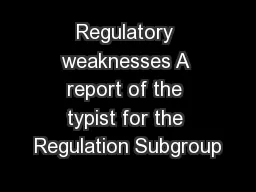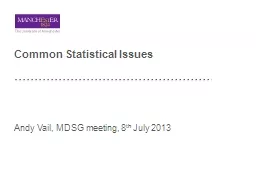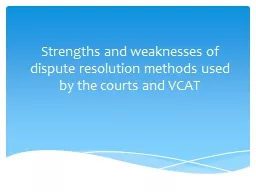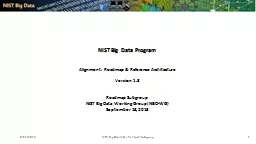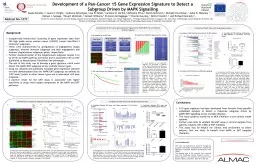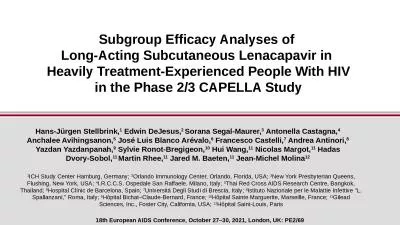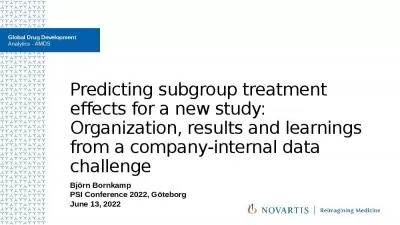PPT-Regulatory weaknesses A report of the typist for the Regulation Subgroup
Author : phoebe-click | Published Date : 2018-12-06
ie no one has seen or approved this Draft 070113 Coordination This is the point at which we need to truly start integrating the work products of the subgroups We
Presentation Embed Code
Download Presentation
Download Presentation The PPT/PDF document "Regulatory weaknesses A report of the ty..." is the property of its rightful owner. Permission is granted to download and print the materials on this website for personal, non-commercial use only, and to display it on your personal computer provided you do not modify the materials and that you retain all copyright notices contained in the materials. By downloading content from our website, you accept the terms of this agreement.
Regulatory weaknesses A report of the typist for the Regulation Subgroup: Transcript
Download Rules Of Document
"Regulatory weaknesses A report of the typist for the Regulation Subgroup"The content belongs to its owner. You may download and print it for personal use, without modification, and keep all copyright notices. By downloading, you agree to these terms.
Related Documents

